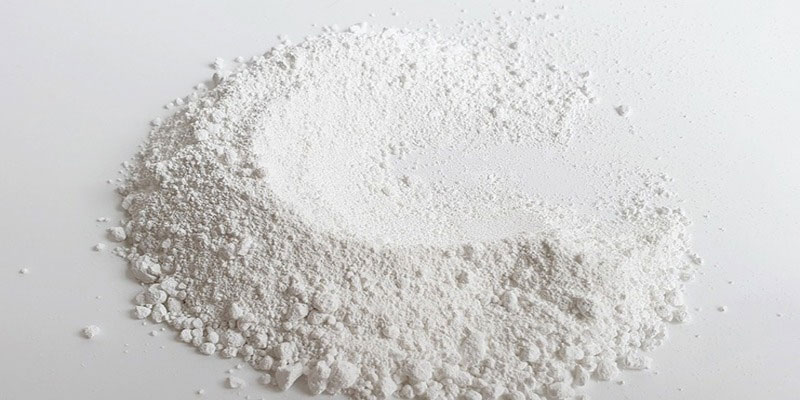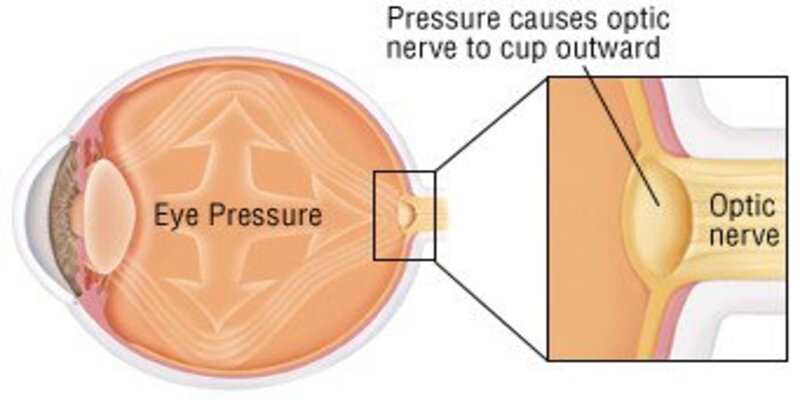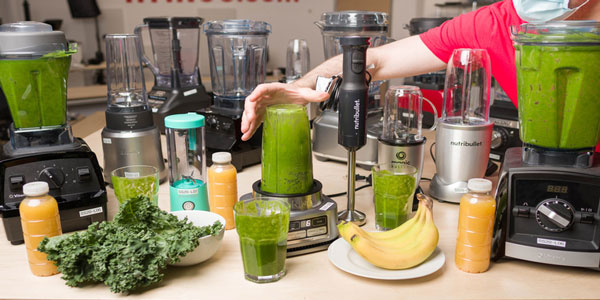Titanium dioxide is a white pigment used in various everyday items. In addition to its well-known benefits in the fight against climate change and skin cancer, this plant also possesses several lesser-known features that make it a precious and crucial element in both struggles.
TiO2 is a prominent component, appearing in hundreds of things we see and use daily. Its ultra-white colour, and resistance to ultraviolet radiation makes it highly sought after.
The Purpose of Titanium Dioxide
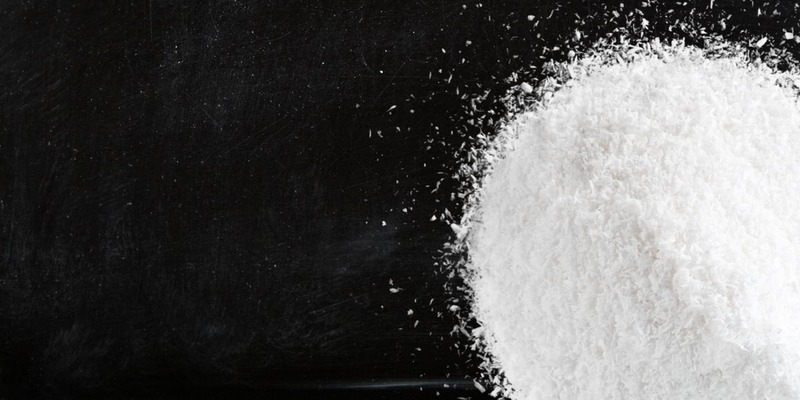
TiO2 is used in a wide variety of goods for industrial and consumer applications because of its ultra-white colour, high reflectivity, and resistance to ultraviolet light. Not as well-known uses include packaging, food, and the more commonplace paints, catalytic coatings, plastics, paper, medicines, and sunscreen.
Various Plastics, Coatings, and Paints
Titanium dioxide (TiO2) is known as titanium white, Pigment White 6, or CI 77891 when used as a paint pigment. This pure, potent whitener has earned the moniker "the ideal white" or "the whitest white" because of its strikingly effective bleaching properties.
White lead, which is very hazardous, was often used as a whitener in commercial paint until the 1920s when regulations were amended. Titanium dioxide, safer but more expensive, was originally not used instead. As a white pigment, zinc oxide (ZnO) is utilized but is less effective.
Nowadays, titanium dioxide is used as a primary component in the majority of paints across the world. You may also find it in plastics and coatings. These applications account for more than half of titanium dioxide consumed worldwide.
Food
TiO2 is referred to as E171 when used as a food additive and is of the pigment grade. Used in various foods, it brightens the colour and improves the texture. Some chocolates and candies utilize E171 to provide smoothness, while others use it to add an abrasive impact.
Beauty Aids And Skincare
Titanium dioxide has dual use in cosmetics and skin care products: as a pigment and a thickening for creams. Ultra-fine TiO2 is utilized as a sunscreen because of its transparency and ability to absorb UV rays.
Positive Effects On The Environment
Titanium dioxide's wide range of qualities has led to its widespread use in eco-friendly products. The white, light-reflecting characteristics of TiO2, when employed in a paint coating on the outside of buildings in warm and tropical regions, can lead to significant energy savings by reducing the demand for air-conditioning.
Thanks to its opaque nature, it saves time and materials by not requiring several coats during application. Titanium dioxide, a photocatalyst, may be integrated into a wide variety of building materials, including paints, cement, windows, and tiles, to speed up the breakdown of harmful substances in the natural environment.
In addition to its other applications, this nanomaterial is a vital DeNOx catalyst in the exhaust gas systems of automobiles, commercial vehicles, and power plants, reducing emissions and helping the environment.
How Does Titanium Dioxide Behave?
Titanium dioxide is a versatile material with a wide range of potential uses due to its numerous desirable properties. As a result of its high melting point of 1,843°C and boiling point of 2,972°C, it exists in nature as a solid and is insoluble in water even in its particle state. TiO2 is an insulator as well.
As a result of its absorption of ultraviolet light, TiO2 appears as a brilliant white, in contrast to the yellowish cast of certain white materials. More importantly, titanium dioxide has a refractive index that is even greater than diamond. As a result, it is a very reflective substance that may be used effectively in aesthetically pleasing ways in design.
What Does Titanium Dioxide Come In?
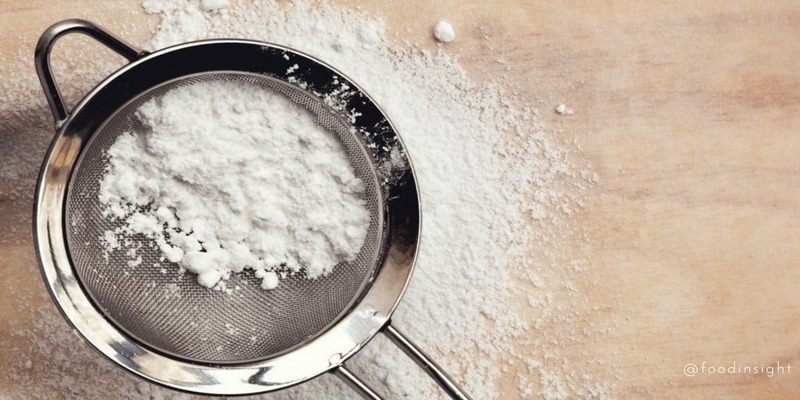
It produces TiO2 as either a pigment or a nanomaterial that alters its properties significantly. There is no discernible difference in flavour or smell, and both are insoluble. Approximately 200-350nm in size, pigment-grade TiO2 particles account for 98% of annual output. Its primary usage is in paint, as a white basis for other colours and a pure white colour in its own right.
What Exactly Is Titanium Dioxide?
Although titanium is one of the most abundant metals on Earth, it is never found in its primary state. The reaction of titanium with atmospheric oxygen results in titanium dioxide, commonly known as titanium oxide or titania.
Titanium oxide is a naturally occurring compound in the rocks of the planet's crust. The presence of additional elements, such as calcium and iron, has also been confirmed. As shown by its molecular formula, TiO2 comprises just one atom of titanium and two of oxygen.
